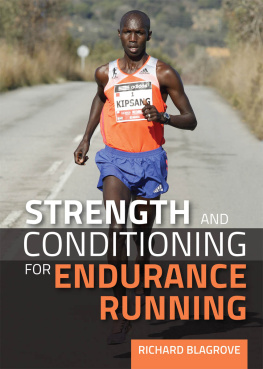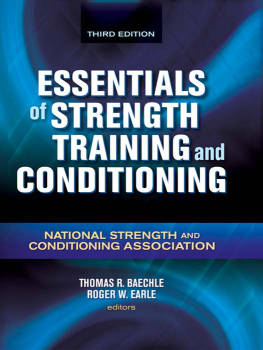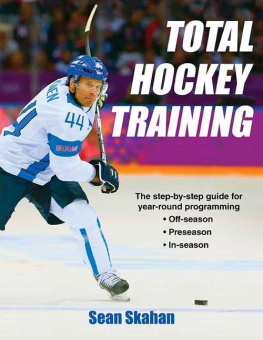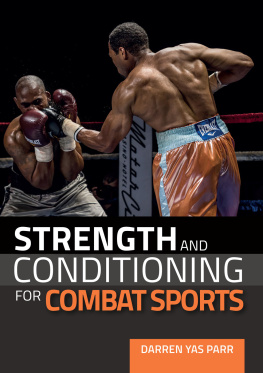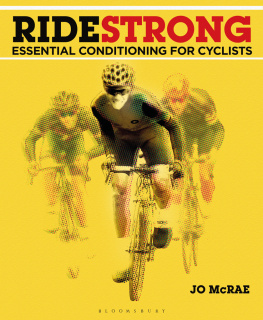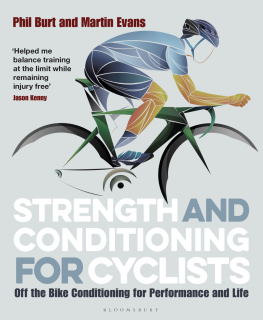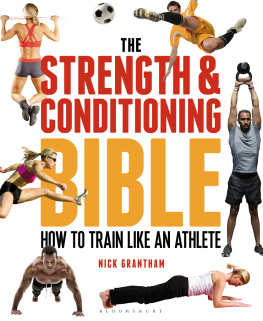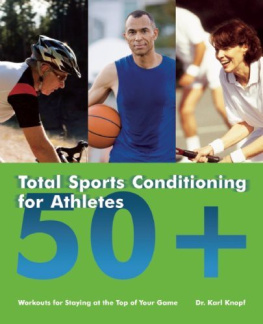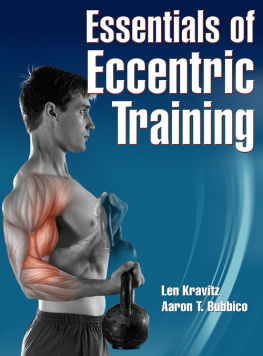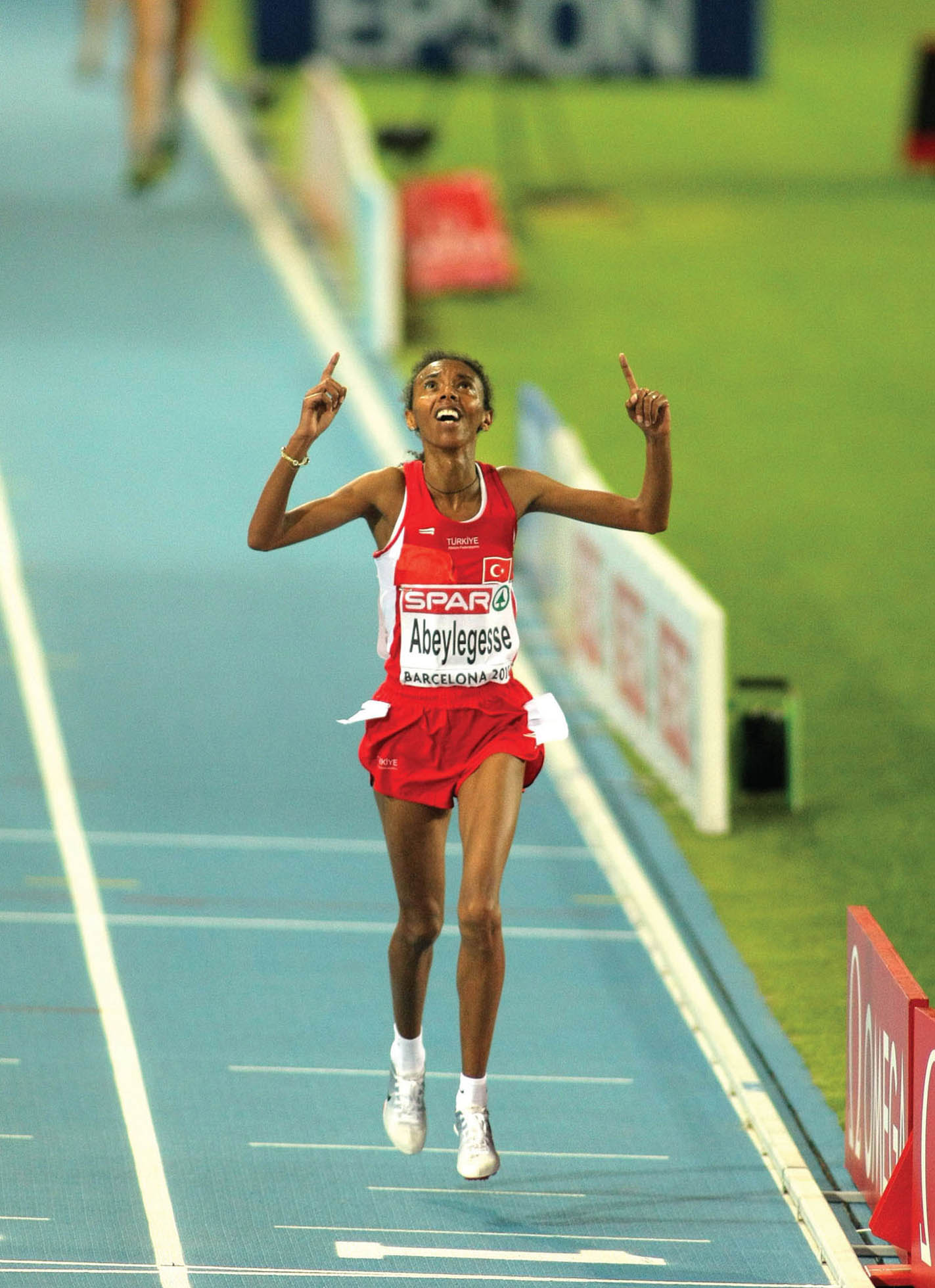


THE CROWOOD PRESS

Mo Farah competing in the London Marathon. (Photo: Shutterstock)
First published in 2015 by
The Crowood Press Ltd
Ramsbury, Marlborough
Wiltshire SN8 2HR
www.crowood.com
This e-book first published in 2015
Richard Blagrove 2015
All rights reserved. No part of this publication may be reproduced or transmitted in any form or by any means, electronic or mechanical, including photocopy, recording, or any information storage and retrieval system, without permission in writing from the publishers.
British Library Cataloguing-in-Publication Data
A catalogue record for this book is available from the British Library.
ISBN 978 1 84797 988 9
Frontispiece: Shutterstock
CONTENTS
PREFACE
R unning is arguably the most natural and pure form of physical exercise that the human body can be exposed to. Evolutionary studies suggest our ancestors were endurance runners who used persistence hunting to catch their prey, and the earliest evidence of competitive long-distance running events dates back to 1829BC. In the modern era, participation in endurance running events is at an all-time high, with thousands each year taking part in road-running events in particular, and many now attempting the holy grail of endurance running, the marathon. Dozens of new participation initiatives, charity fund-raising events and endurance challenges have also emerged over the last decade, and have contributed to the rise in popularity of the sport.
It is likely that if you are preparing for an endurance running event you have a goal in mind, whether it be to simply complete the distance, run a personal best or qualify for a major championship. In order to achieve that goal, hopefully you recognize that it is necessary to devise a training programme yourself, one that is carefully planned around the distance of the event and your individual requirements. Logically, your training programme should be predominantly made up of running-based training sessions of various distances, intensities and formats, each designed to enhance a specific feature of your physiology. Traditionally, though, endurance runners and coaches have tended to neglect other forms of training, such as weight training and conditioning techniques. This is perhaps due to a lack of guidance or instruction on which exercises are best to use, but often in the belief that they dont benefit performance, add unwanted muscle bulk, or cause excessive soreness.
Despite the apparent uncertainty amongst many runners concerning the benefits of strength and conditioning, there does appear to be a growing awareness of its value. Coaches and runners are becoming increasingly keen on learning about the latest new training techniques or ways to stay injury free. Running magazines and the Internet are also littered with advice on the best workouts or exercises to improve running performance. No longer is the running community viewing strength and conditioning as only something lite runners include to give them an edge over their rivals. Despite the rising interest in strength and conditioning for runners, there is unfortunately a lack of high quality literature available. The main motivation for writing this book is therefore to provide a detailed resource for runners, coaches and students of strength and conditioning, that provides accurate and useful guidance.
The aim of this book is to share the knowledge Ive gained, and the approach Ive used, with the dozens of endurance runners for whom I have provided strength and conditioning support over the last ten years. The book is designed for any middle- and long-distance runner who is interested in learning about how to improve their performance and to lower injury risk with an evidence-based and scientific approach to their non-running-based training. Whether you plan to participate in a local fun run, or you are a young runner aspiring to compete at the Olympic Games, this book will provide you with a simple and effective set of supplementary exercises which you can tailor to your own individual requirements.
Best of luck with achieving the goal that youve set yourself. I hope you find that the information contained in this book adds a new dimension to your training, which will prove useful in helping you towards your goal.
KEY INFORMATION
These key information boxes are included throughout the book as a way of summarizing important information. If you are not interested in the scientific detail and are keen to get cracking with some S&C exercises, just read these boxes to ensure you receive the main messages from each section.
To appreciate the underlying reasons why strength and conditioning training techniques are effective for endurance runners, it helps to have a basic understanding of endurance running physiology and biomechanics, Based upon the physical qualities that underpin endurance running and the risk factors that contribute towards injury, a set of suitable assessments can then be selected. These will allow you to identify your own strengths and weaknesses so you can tailor a training programme around your own individual needs. The opening section of this book aims to introduce basic scientific concepts associated with strength training, conditioning and endurance running before presenting a series of simple assessments.
CHAPTER : INTRODUCTION TO STRENGTH AND CONDITIONING
WHAT IS STRENGTH AND CONDITIONING?
T wenty years ago the term strength and conditioning (S&C) was virtually unheard of, let alone an important element in the physical preparation of sports performers. As standards at an lite level have improved, investment into understanding the science that underpins performance has also increased. Consequently, over the last decade or so, the value of specialist sport science support has begun to be recognized, and S&C has developed into its own industry. Despite the modern professionalism of lite sport, the knowledge and experiences of specialist coaches working with full-time athletes is rarely filtered through to recreational sports performers and young athletes, who would also benefit from a more holistic approach to their sports preparation.
S&C is associated with any training methodologies that enhance the physical preparedness of athletes for their sports training and performance. This means that any training that isnt directly set by the technical sports coach is considered S&C. In a broad sense, S&C has three primary goals: to improve performance, to improve the capacity for training, and to lower the risk of injury.
To improve performance: The training techniques described in this book are likely to result in a number of adaptations to the nervous and muscular systems, which will directly enhance your running performance. These include improvements in your ability to generate force with each stride, more effective use of elastic energy from tendons, and a more efficient running style.
To improve the capacity for training: An indirect benefit of additional physical training is that you will be able to tolerate a greater volume of running. Without a foundation of general athleticism, robustness and physical competence developed through S&C activities, it is very difficult to tolerate progressively higher loads of training over a long period of time.

